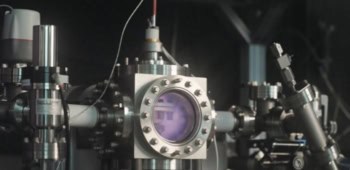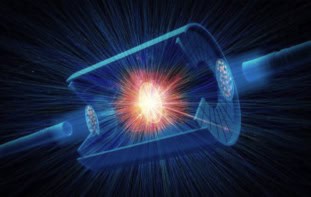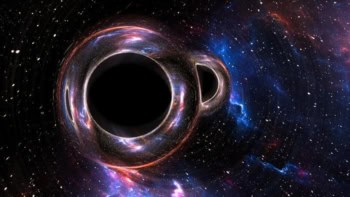Scientists in the US have devised a new approach to nuclear fusion based on collisions between beams of protons and boron-11 nuclei.
They claim that the “colliding beam fusion reactor” is superior to the tokamak approach favoured by the international fusion community.
The University of Florida/University of California-Irvine team reveal the new approach in the November 21 issue of Science. The team has designed a 100 megawatt reactor in which the beams are confined in a so-called reversed-field configuration of magnetic fields. The fusion of a proton with a boron-11 nucleus creates three alpha particles which, the team predict, could be converted into electrical power with an efficiency approaching 90%. Tokamaks have a conversion efficiency of about 40%.
The colliding beam reactor will, say the designers, also be smaller and cheaper to build and maintain than a tokamak device. And since the proton-boron reaction does not produce neutrons, the structure of the reactor should not become radioactive.



